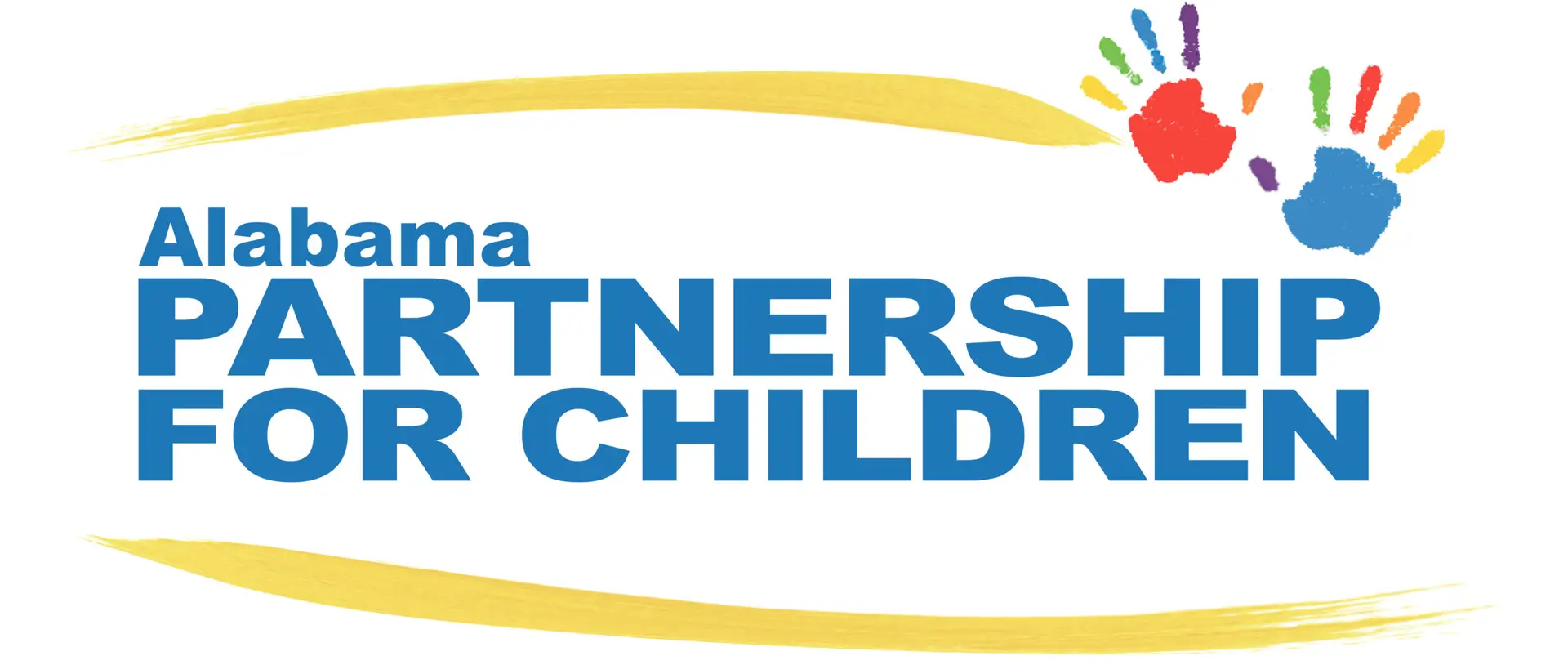The average cost of child care in many places in America exceeds the average family mortgage or in-state college tuition: that is outrageous. According to the Economic Policy Institute (EPI), the threshold for what is considered ‘affordable’ child care is no more than 7% of a family’s income.l In reality, today that percentage is often closer to 30%, which can completely change the economic well-being of a family. When families struggle, entire communities struggle.
In Alabama the annual cost for high-quality child care takes up from 10.4% to 13.1% of a family’s income. For a state with over 203,000 children under the age of six, with 69% of them in low-income households, the cost can force families to settle for cheap, low-quality and risky child care options so they can support their family financially. It is unacceptable for any family to have to choose between staying home to care for their child or being gainfully employed.
There is help for families through the federal Child Care and Development Block Grant (CCDBG) subsidy program. But currently only 30% of eligible Alabama children are receiving this vital child care assistance. That amounts to about 97,950 unserved children at risk.2 That amounts to almost the entire population of Tuscaloosa.3
We are encouraged by Congress’ progress on improving child care quality and access by steadily increasing funding to the CCDBG, which helps to narrow this “child care gap” by providing the needed subsidy for more eligible children. The CCDBG received an historic $2.4 billion increase in 2018, which supports states’ advancement efforts in meeting families’ child care needs.
Alabama saw a 76.5% increase in discretionary CCDBG funds that helped to drive its grant to $93.9 million.4 This increase meant Alabama received $40.4 million more to go toward efforts like eliminating the child care waiting lists, increasing eligibility for low-income families, and providing assistance to serve 4,000 more children. Alabama is also using those additional dollars to ensure subsidy rates support high-quality care and to increase the quality of early childhood teachers through professional development, including those in faith-based programs.
The ask to Congress for 2020 is simple: an increase of $20 million to the CCDBG. Investing in the best possible care for all children not only supports healthy child development and school readiness, but it is a necessary support for working families in Alabama.
For those of us working every day promote the healthy development and education for all of Alabama’s youngest citizens, it’s a no-brainer: when children thrive, entire communities thrive. We encourage everyone to contact their Congressional delegates now and ask them to fight for this game-changing increase in CCDBG funds.
Join us in contact Senator Shelby to thank him and ask for his continued support.

Washington D.C. Office
Mailing Address:
304 Russell Senate Office Building
Washington, DC 20510
Telephone: (202) 224-5744
Link to Send Email: <https://www.shelby.senate.gov/public/index.cfm/emailsenatorshelby<>
Montgomery Office
Mailing Address:
FMJ Federal Courthouse
15 Lee Street, Suite 208
Montgomery, AL 36104
Telephone: (334) 223-7303
Fax: (334) 223-7317
Gail Piggott is the executive director for the Alabama Partnership for Children (APC), a 501(c) 3 non-profit organization committed to enhancing the quality of life for Alabama’s children from birth to 5 years of age. This public-private partnership focuses on finding ways to use the state’s limited resources most efficiently to ensure that every Alabama child will have an opportunity to succeed in life. For more information, visit AlabamaPartnershipforChildren.org
1 When Child Care Costs More Than a Mortgage, by Ann Bahney, CNN Business, August 29, 2019.
The Business Case for Increasing Child Care: Development Block Grant (CCDBG) Funding, collaborative publication of Alabama Arise, Alabama Partnership for Children and VOICES for Alabama’s Children, July, 2019.
3 Alabama Cities by Population, Alabama Demographics published by Cubit, from the U.S. Census Bureau, annual estimates of the resident population: April 1, 2010 to July 1, 2018.
4 Report: Enhanced child care funding makes life better for Alabama’s children and families, by Carol Gundlach, July 2, 2019, Safety Net, Economic Opportunity.
